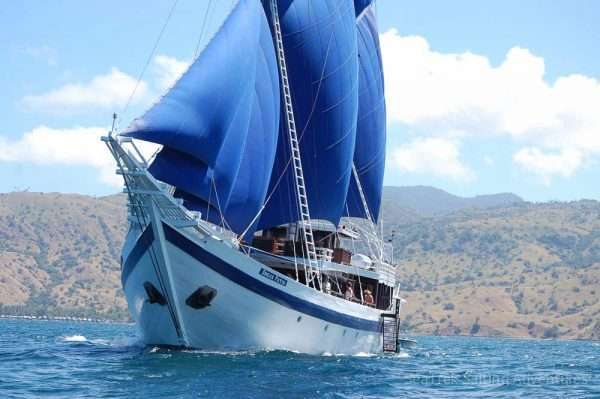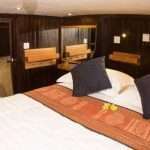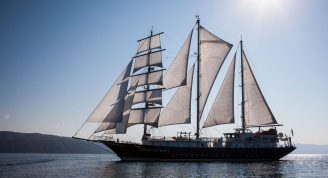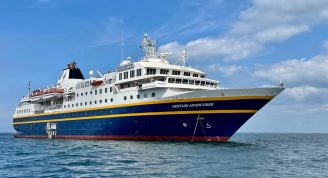Description
From the Komodo dragons of Rinca and the marine life of the Wakatobi National Park, to the seabird colonies of the Banda Sea and the nutmeg forests of the Banda Islands, this exceptional cruise will introduce you to wildlife, birdlife, aquatic life, remote island cultures and the illustrious history of the spice trade. On some islands, tropical forests climb from mangrove encrusted coastlines to mountain slopes. On others, parched savannah thrives. Tiny islands are home to small fishing communities, coral reefs line tranquil atolls, and volcanoes rise dramatically out of the sea.
Indonesia’s remote and uninhabited islands support regionally and globally important breeding colonies of at least 15 seabird species. Colonies are usually situated on islands, cliffs or headlands, which mammals have difficulty accessing. Seabirds are a vital component of the marine ecosystems of the Banda and Flores Seas, and their presence serves as a good indicator of the health of the wider marine ecosystem. The seabirds also play a valuable traditional role as indicators of fish shoals, and as such are of great economic importance to the local fishermen of the region. Nowadays, however many species are threatened by human activities, while predation by invasive rats ranks among the top dangers. In the company of Gert de Jong, an inveterate seabird expert who is looking at ways to protect the last remaining seabird breeding islands of Indonesia, you will have the opportunity to participate in a conservation project aimed at recording the numbers of frigate birds, boobies and terns on the islands of Kakabia, Manuk and Gunung Api.
Note: This cruise travels from Flores to Ambon; guests will meet the ship in Labuan Bajo, Flores, and will disembark in Ambon. The airfares are not included in the cruise price but our SeaTrek office will be happy to assist you with any information and local flight reservations. In order that we can make a timely start, please make sure you arrive in Labuan Bajo before 10.00 am on the morning of Day 1. We recommend flying with Garuda Indonesia.










